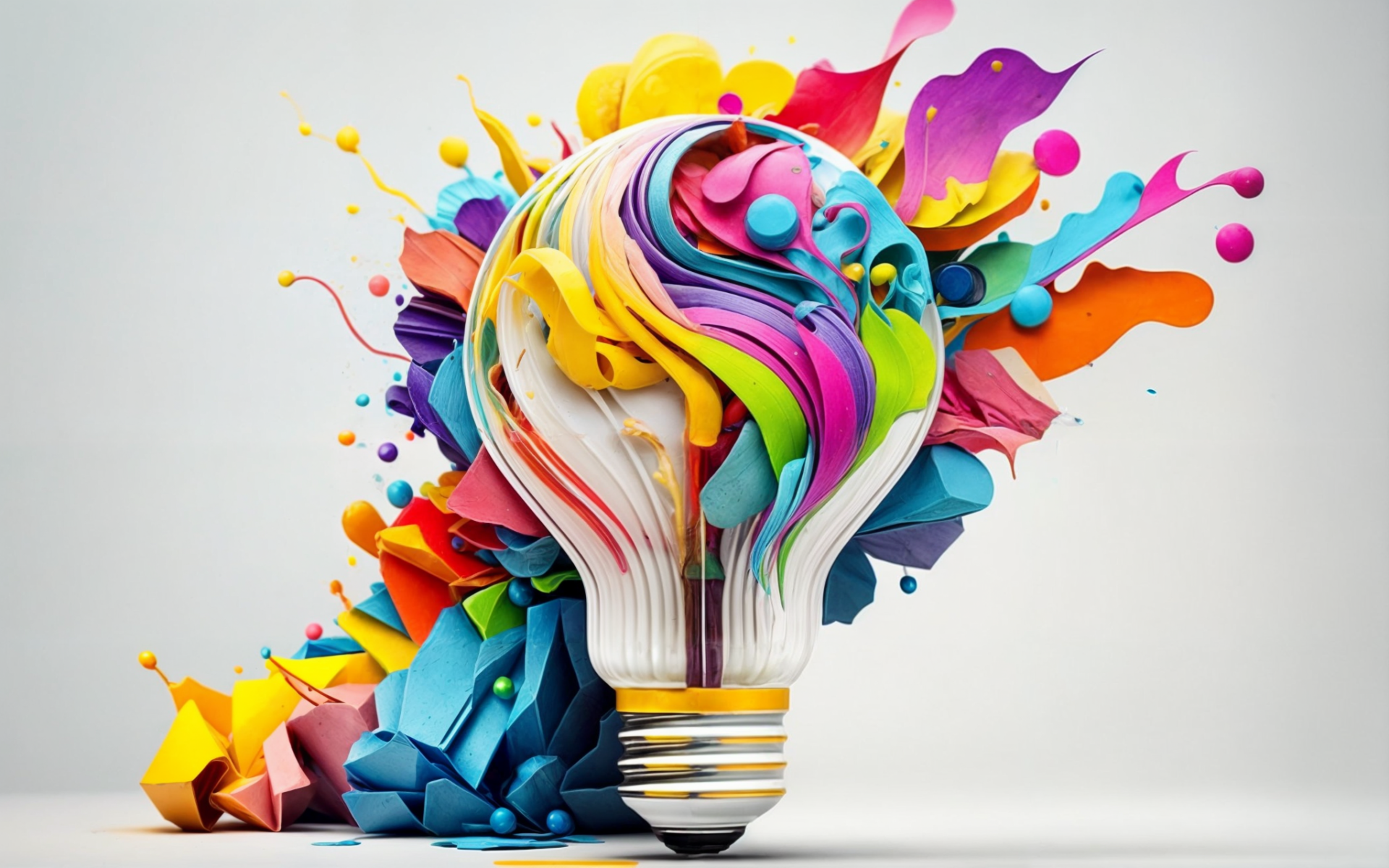Graphic design is a creative field focused on visual communication and problem-solving through the use of typography, imagery, color, and layout. It involves creating visual content to convey messages, ideas, or information in a way that is both engaging and effective. Graphic designers work on a wide range of projects, from print media to digital interfaces, and their work is essential in both commercial and artistic contexts.

Graphic design serves various purposes, including:
1.1 Graphic design serves various purposes, including:

1.2 Advertising and Marketing: Designing promotional materials like brochures, posters, and social media graphics.
Designing promotional materials for advertising and marketing is a vital aspect of graphic design. These materials help businesses reach their target audiences, convey their messages, and drive engagement. Here's a detailed overview of how to create effective advertising and marketing materials, including brochures, posters, and social media graphic designing.

1.3 Web and App Design: Creating user interfaces and experiences for websites and mobile applications.
.

2.1 Typography: The art and technique of arranging type. It includes the selection of fonts, typefaces, and text layout to enhance readability and convey the right tone.

2.2 Color Theory: Understanding how colors interact and how they can be used to evoke emotions, create harmony, and highlight key elements.

2.3 Imagery: The use of photos, illustrations, and graphics to complement and enhance the design’s message.
Imagery is a crucial element in graphic design, encompassing photos, illustrations, and graphics. Effective use of imagery can significantly enhance a design's message, evoke emotions, and engage viewers. Here’s a comprehensive guide on how to use imagery effectively in design:
3. DEISGN PROCESS
The graphic design process typically involves several stages:
3.1 Research: Understanding the client’s needs, target audience, and objectives. This may include competitor analysis and market research.

3.2 Concept Development: Brainstorming and sketching initial ideas based on the research. Creating mood boards or rough drafts to explore different directions.

3.3 Finalization: Preparing final files for production or digital use. This includes ensuring all specifications are met and files are properly formatted.

